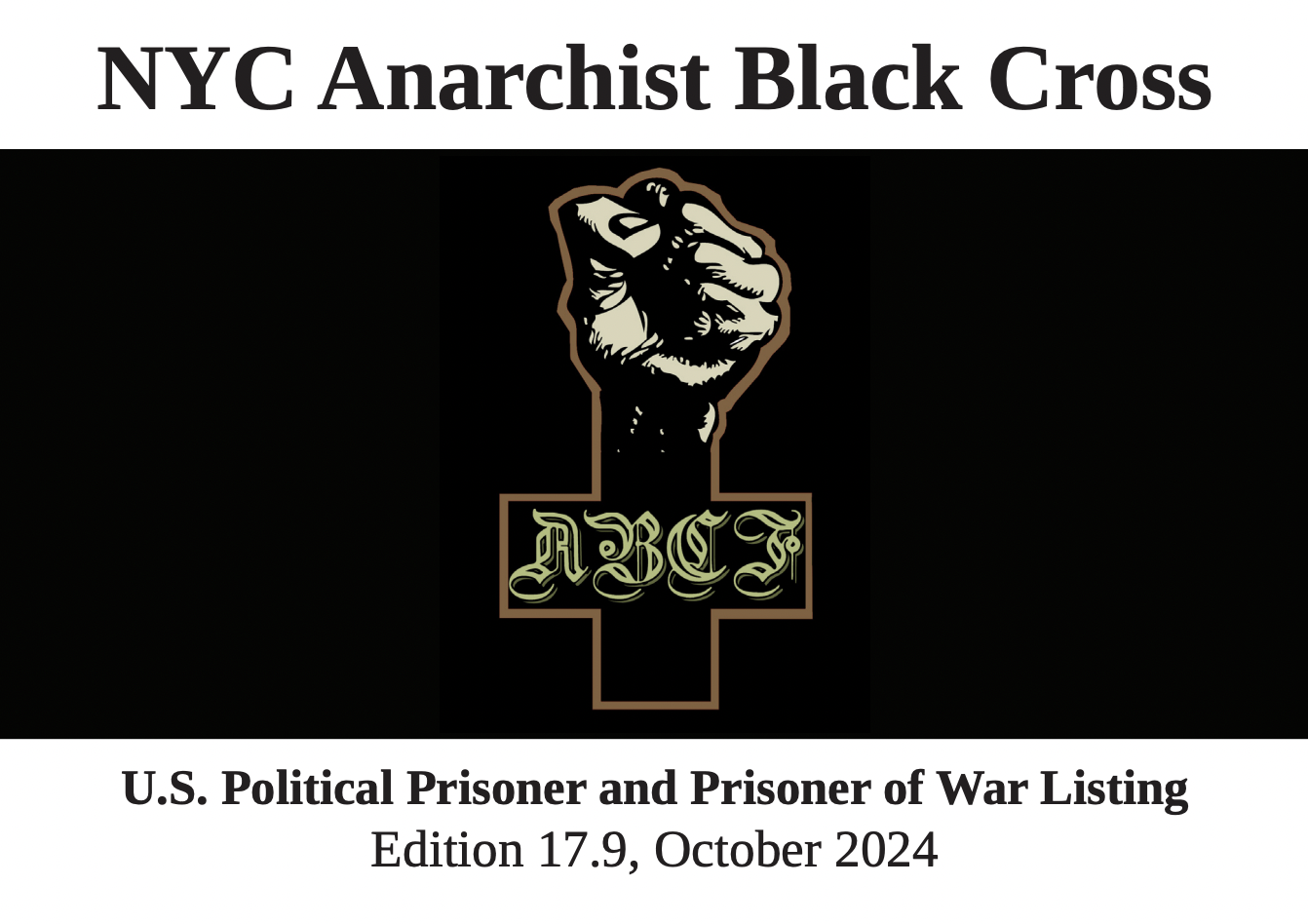Making this zine started for me as a vague desire to know how Assata Shakur escaped from prison. I had enjoyed reading her autobiography “Assata” and I was left wanting to know more. One chapter ends with her declaring that she was done with being locked up, and the next begins with her living in Cuba if I remember correctly. I mostly moved on, focusing on other things. More recently a friend mentioned that they had heard of a book about the Shakur family that went into the details of the liberation. The book in question was An Amerikan Family: The Shakurs And The Nation They Created by Santi Elijah Holley. I sought out the book and found a text that not only went into the details of Assata’s liberation but provided context about who all took part, the social movements and underground networks they were a part of and a whole set of histories that intrigued me.
I decided to only reprint the parts that explicitly deal with the liberation of Assata Shakur from prison and her transit to Havana, Cuba. The rest is worth reading in my opinion, as well as Assata’s own autobiography which gives context to Assata’s life path and freedom struggle, and Russel Maroon Shoatz’s I Am Maroon which also documents prison escapes, life on the run, and life underground from a Black liberation perspective. The idea that prisons are impenetrable, inescapable is demonstrably false and these histories are proof of that (as are the escapes that continue to take place today)! This bootleg reprint is only a snippet of a larger history of experimentation in collective and individual liberation that I feel Black anarchists and other revolutionaries could benefit from familiarizing ourselves with and learning from.
In the wake of the genocide taking place in Palestine at the hands of the zionist entity numerous calls have gone out for escalation and also — though less well circulated — for (re)building the underground in today’s movements for decolonization and liberation. Today’s undergrounds will look different from those of the 1970s and 1980s, yet there is still much we can learn from them. We are already seeing waves of political repression attempting to capture, pacify, eject, and domesticate rebels from the George Floyd revolts, the struggles to stop the construction of cop city in Atlanta, and the struggles in solidarity with Palestinians fighting for liberation. Unfortunately we are already seeing a new generation of political prisoners and exiles. Of course it is inevitable that some will be locked up as long as liberation struggles haven’t destroyed the cages. By learning from the struggles that came before us we can be better equipped to make the state’s work as hard as possible. Some of my goals for reprinting and circulating this account of Assata Shakur’s liberation from prison are to exercise our collective imagination of what is possible and contribute to dialogues about escalation, building undergrounds, and facing state repression.
Another goal of spreading this story is a fear that many stories of this kind, especially the illegal ones, will be lost. Either buried with the aging revolutionaries who made them happen, locked behind tight lips to ensure the safety and anonymity of the guilty, or neatly entombed in academic or historical literature that few will have the patience and position to read. To me these histories are not meant to be left in the dirt or hidden away in sleepy archives accessible with a student ID, they are part of our struggles today, weapons to be used to free ourselves, and by freeing ourselves free the dead who wrote these histories with their own sweat and blood. We can remember and tell these stories as part of our own race toward liberation and freedom now.
More selfishly, I am exciting to be adding a little something to a growing tendency of Black anarchist struggles. Anecdotally it seems there are more Black anarchists than before and that more approaches to Black liberation are imagining freedom through an anti-authoritarian lens. The former Black Panthers and Black Liberation Army soldiers who advocated anarchic visions of freedom and struggle, during and after the decline of the Black Panther Party have paved the way for Black radicals to understand anarchy as a vision of freedom we can hold as our own. Russel ‘Maroon’ Shoatz, Kuwasi Balagoon, Ashanti Alston, Lorenzo Komboa Ervin, and Martin Sostre are coming up more in the anarchist space, as well as the dialogues of Black revolutionaries. The last decade has seen a number of anarchically oriented Black liberation groups and projects that explore the synchronicity between Black freedom and anarchy. Salish Sea Black Autonomists, Afro-Futurist Abolitionists of the Americas, various zines, a handful of small gatherings, dialogues across geographies, increased interest in anarchists in Africa generally.
The text below is part of a longer book that goes into the history of the Shakur family. While I do not agree with the author’s position that the Shakurs aimed to improve amerika I have found the information useful nonetheless. I have added a few of my own notes to the text and added complete names in brackets to give context to readers who may not be familiar with the history of the Black Liberation Army, Assata Shakur, or other aspects of the struggles taking place at the time of Assata’s escape from prison. Again I encourage readers to dig deeper, to learn about the Black liberation struggles, guerrilla groups, and social movements that the people involved in Assata’s liberation were part of.
Submitted anonymously.


